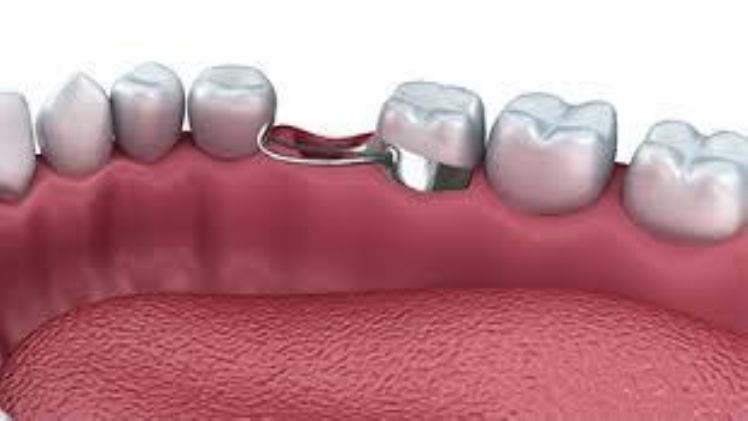Losing baby teeth and growing permanent teeth is part of every child’s growth and development. But what if a child loses their baby teeth prematurely before the permanent tooth has a chance to grow?
What happens is that the adjacent tooth starts shifting to occupy the space, thereby preventing the proper growth and development of the permanent tooth when it finally erupts. This situation can lead to many problems in children, such as overcrowding of teeth, teeth alignment problems, poor jaw muscle development, and a host of other unwanted issues.
Fortunately, you can shield your child from these problems by using a space maintainer to maintain the growth of permanent teeth. So, what exactly are space maintainers?
What are other space maintainers?
Space maintainers are stainless steel or acrylic-based orthodontic appliances used to retain and maintain space in the mouth in the event of early tooth loss. They achieve this by separating the adjacent teeth surrounding the space apart, thereby ensuring that the permanent tooth has enough space to grow and develop properly.
When to use other space maintainers
There are a variety of situations when space maintainers are necessary for both adults and children. For adults, space maintainers are used when it is essential to maintain space between the molars before a cosmetic dental procedure.
Children, on the other hand, need space maintainers when they lose their baby teeth prematurely due to circumstances beyond our control. These circumstances include:
- Loss of teeth due to caries or disease
- Loss of teeth due to trauma
- Over retained baby teeth
Regardless of the category you or your child falls into, space maintainers can help achieve a healthy smile.
Types of other space maintainers
The primary teeth are the initial space maintainers in children. However, when a child loses their primary teeth prematurely, other space maintainers can be brought in to take their place. These space maintainers can be classified into:
- Fixed unilateral space maintainers
- Fixed bilateral space maintainers
- Removable space maintainers
These classifications of space maintainers also have multiple types of maintainers under them, which we’ll go over in depth.
Fixed Unilateral Space Maintainer
These are fixed appliances cemented to the tooth to maintain space on one side of the mouth. Some common types of this maintainer include:
Band and Loop Space Maintainer

This type of space maintainer involves using a metal band and a wire loop to create space in the mouth. The metal band is attached to an abutment tooth while the wire loop is hinged on the adjacent abutment tooth.
In some cases where the abutment tooth is decayed, an acrylic crown referred to as a crown and loop space maintainer can be used to cover the abutment tooth properly to prevent any further complications. Regardless of the type of loop space maintainer applied, this form of space maintainer is used when a child loses their primary molar early or before a permanent molar erupts.
Distal shoe space maintainer: A distal shoe space maintainer is used when a child loses their primary second molar before the permanent first molar grows in. The distal shoe consists of a distal segment that extends over the unerupted permanent molar to help guide it properly as it grows.
Fixed Bilateral Space Maintainer
Bilateral space maintainers are fixed appliances used when a child loses teeth prematurely on both sides of the mouth. They include common devices like
- Transpalatal Arch: This type of space maintainer is used when a child loses several teeth on both sides of the mouth. It involves connecting two metal bands from each side of the mouth using a metal wire.
The bands are attached to the tooth on each side of the mouth while the wire extends across the rigid palate. When an orthodontist attaches an acrylic button to this device, it becomes a Nuance Appliance. However, most clinicians discourage using the Nuance appliance due to oral hygiene problems that may arise.
- Lingual Holding Arch: A lingual holding arch is used to create space in the upper and lower jaws of the mouth. It connects the second primary molars on the upper or lower jaws through the mandibular arch and keeps them from tipping forward.
Removable Space Maintainer
These appliances are similar to the Lingual Holding Arch in terms of design but can be adapted with artificial teeth if the need arises. They are usually used to maintain space when the anterior teeth are lost prematurely and are often used for aesthetic reasons when a child’s appearance is affected due to premature teeth loss.
Bottomline
Space maintainers are a necessary part of dental care and can be used to prevent and correct various problems. By understanding when space maintainers should be used and the different types available, you can make informed decisions about your child’s oral health. Nevertheless, if you have any questions about space maintainers or would like to schedule an appointment for your child, please don’t hesitate to contact us.

